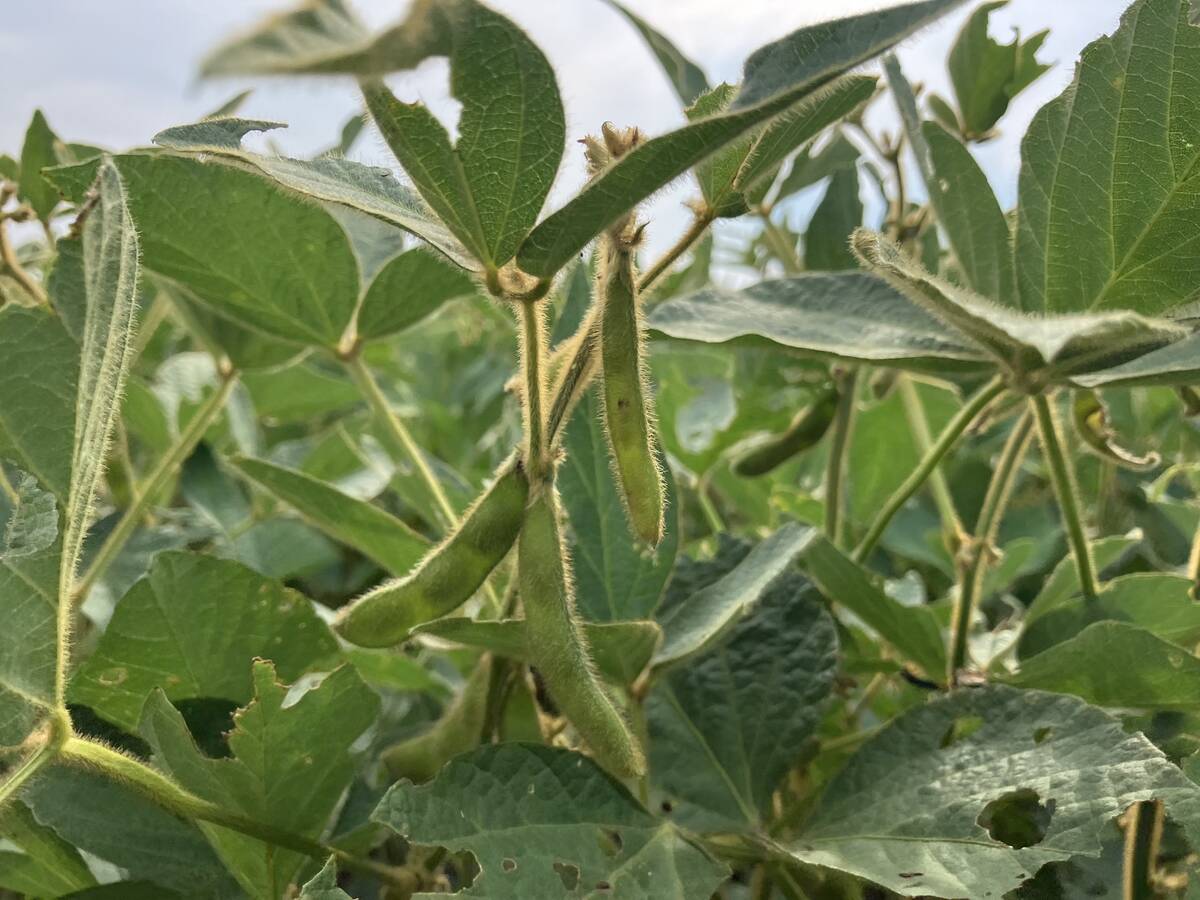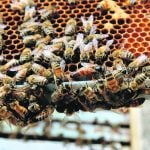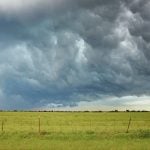- Methane is a colourless, odorless, flammable gas. It is the simplest hydrocarbon and the major constituent of natural gas.
- Methane is exchanged naturally between the Earth’s surface and the atmosphere, but methane is lighter than air and is removed from the atmosphere primarily through chemical processes.
- A small amount of methane is also absorbed by soils.
- Methane exists in the Earth’s atmosphere at low concentrations and acts as a greenhouse gas.
- Methane, usually in the form of natural gas, is used in the chemical industry in hydrogen and methanol production, for example.
- It is also used as fuel in heating homes and operating vehicles.
- Methane is produced naturally during decomposition of plant or organic matter in the absence of oxygen, and is released from wetlands, through the digestive processes of certain insects and ruminant animals such as termites, sheep and cattle.
- Methane is also released from industrial processes, fossil fuel extraction, coal mines, incomplete fossil fuel combustion and garbage decomposition in landfills.
- Based on an analysis, documented in the Intergovernmental Panel on Climate Change, there is sufficient evidence to conclude that carbon dioxide, methane, nitrous oxide, hydrofluorocarbons, perfluorocarbons and sulphur hexafluoride may pose a danger to the environment.
Read Also

U.S. loses out on sales of soybean to China
U.S. soybean exporters risk missing out on billions of dollars worth of sales to China this year as trade talks drag on and buyers in the top oilseed importer lock in cargoes from Brazil.
Source: Environment Canada
















